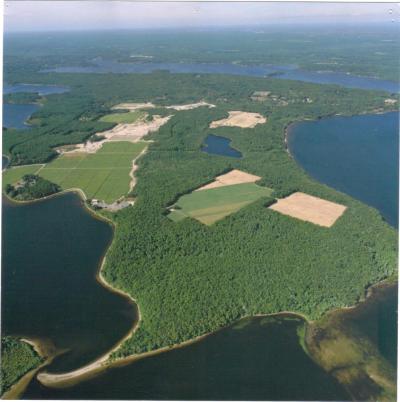Community Preservation Committee to present plan, listen to feedback at meeting

LAKEVILLE — The Community Preservation Committee has drafted its plan of action, and it wants to hear community feedback.
The committee will present its plan on Jan. 30 at 7 p.m. at the Lakeville Police Station. At that time, committee members will welcome public input on the specific types of projects the committee should pursue.
Community Preservation Act funds are used to acquire, create, preserve, rehabilitate, or support projects related to open space, recreation, community housing, or historic preservation.
Committee Chair Nancy Yeatts said the committee will prioritize projects that also fit into other plans, like the town’s open space plan and master plan.
The act’s provisions were adopted in April 2022, so the Jan. 30 meeting will help to establish the committee’s first-ever budget.
As a result of adopting the act’s provisions in Lakeville, households will see a tax surcharge of around 3%—a cost of $40 to the average Lakeville home—that goes to the committee’s fund. Seniors and low-income households can apply for an exemption with the assessor’s office.
The committee must allocate 30% of its annual funds, with 10% going toward community housing, 10% for open space and recreation, and 10% for historic resources, according to the Community Preservation Act.
The committee does not have to spend those amounts every year, but it has to have a plan to spend the funds.
While the purchase of Betty’s Neck in 2002 was made before Lakeville passed the Community Preservation Act, Yeatts said that is the type of project committee funds would go toward.
Betty’s Neck is a stretch of land by Assawompset Pond that features miles of trails and is a major spot for hiking and fishing in town.
The draft of the plan lists goals to fall under the four categories eligible for Community Preservation spending: community housing, historic resources, open space, and recreational use.
Goals for community housing include building enough subsidized housing to increase the inventory to 10% of the town’s housing supply because reaching that number allows the town to reject 40B development projects.
Historic preservation goals include recognizing, preserving, restoring, and enhancing properties that have “historical, architectural, archeological, and cultural significance” to the town.
The plan’s goals for open space include preserving the town’s rural character, protecting water resources and wildlife habitats, reaching out to farmers, and maintaining “strong rural zoning regulations.”
Recreational goals include improving parking and access to recreational assets and improving existing recreational facilities.










